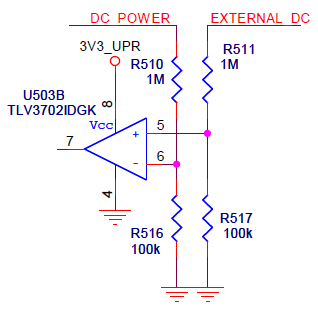Hi TI Analog Support Team,
Reading datasheet for lmv7272.pdf it's stated that "All pins of any unused comparators should be tied to the negative supply."
Just asking to be 100% sure: Does this mean both input and output pins even though lmv7272 has a push-pull output stage?
Can you please clarify? Best regards and thanks in advance
Søren


